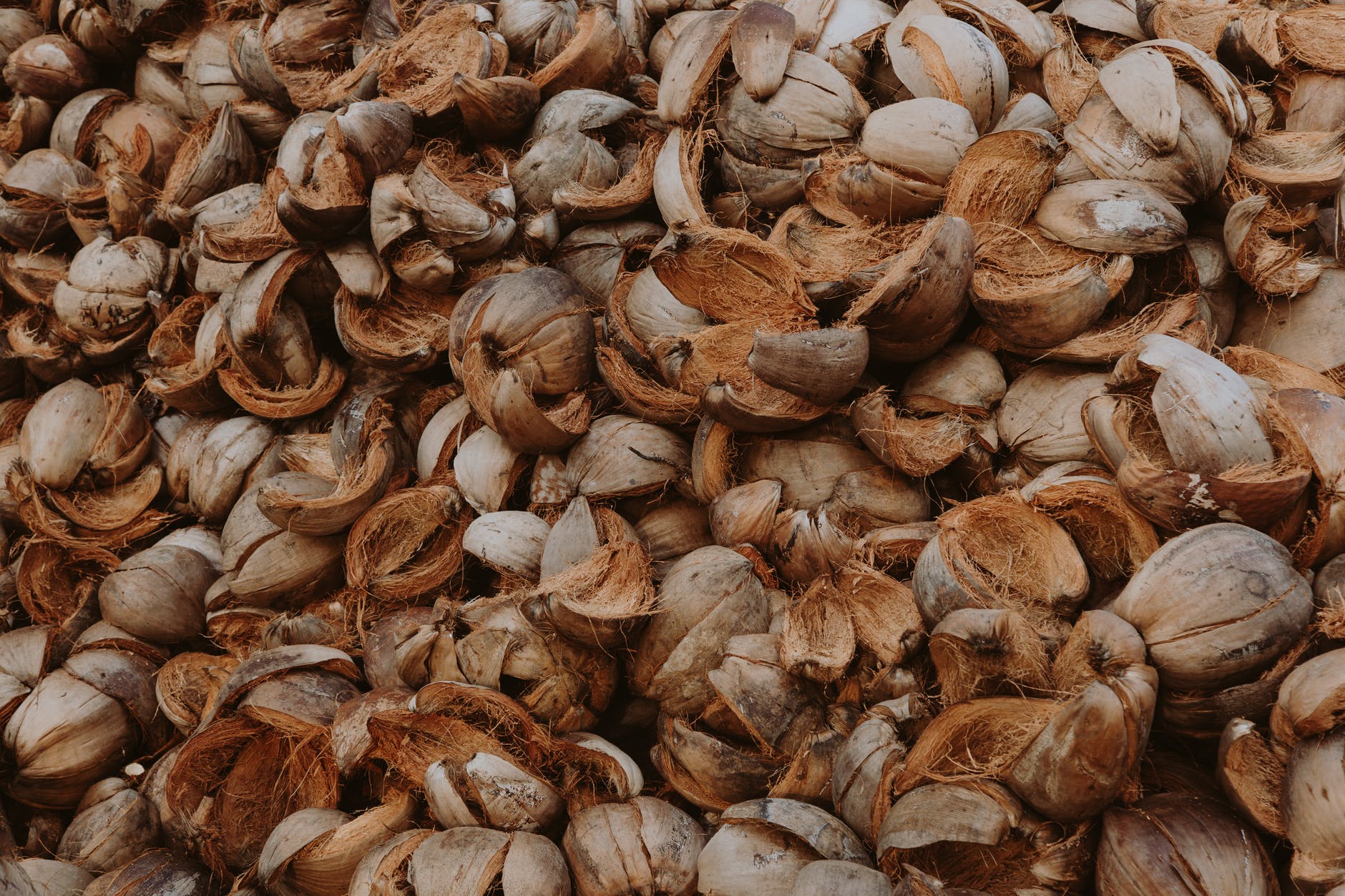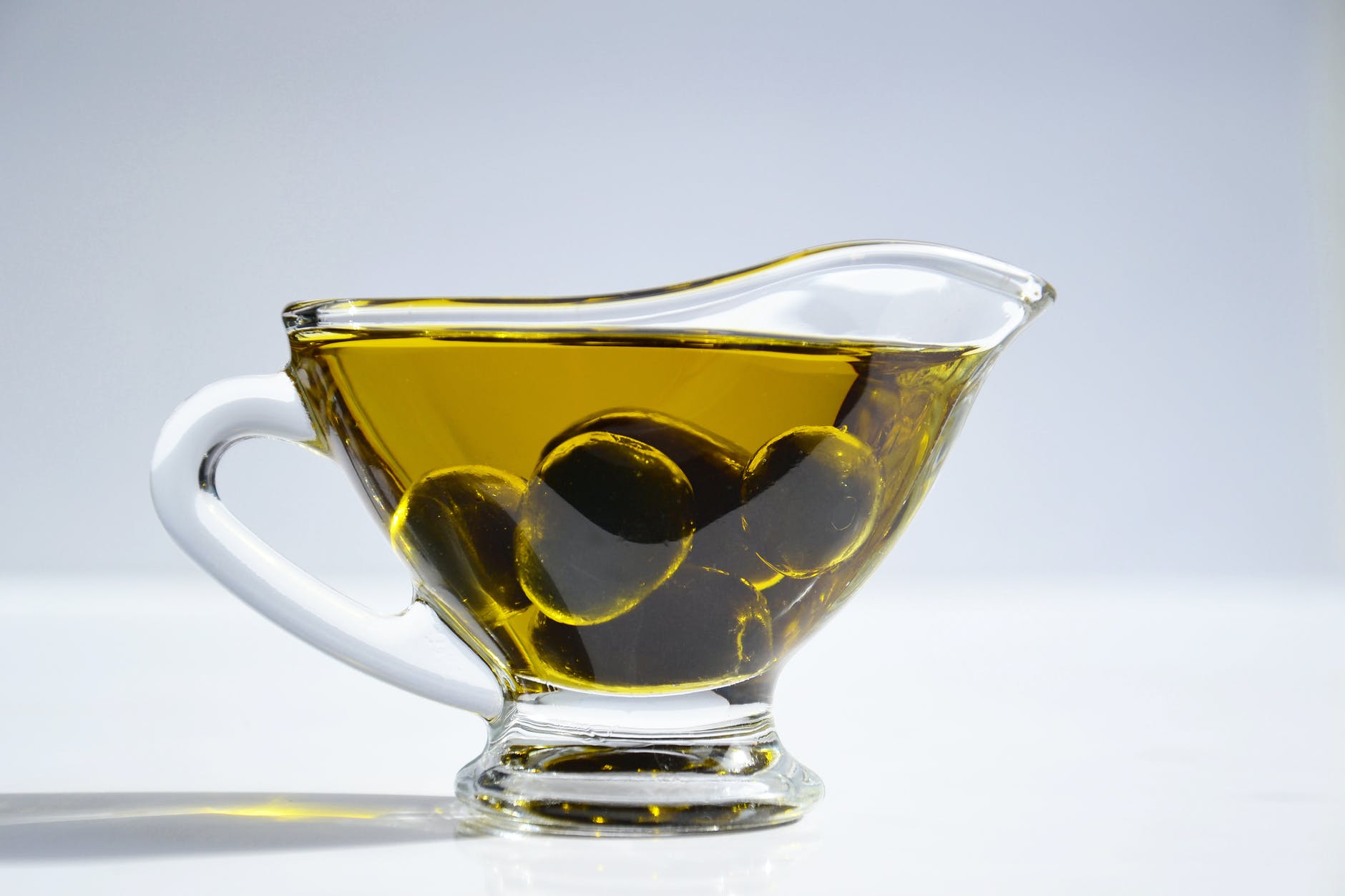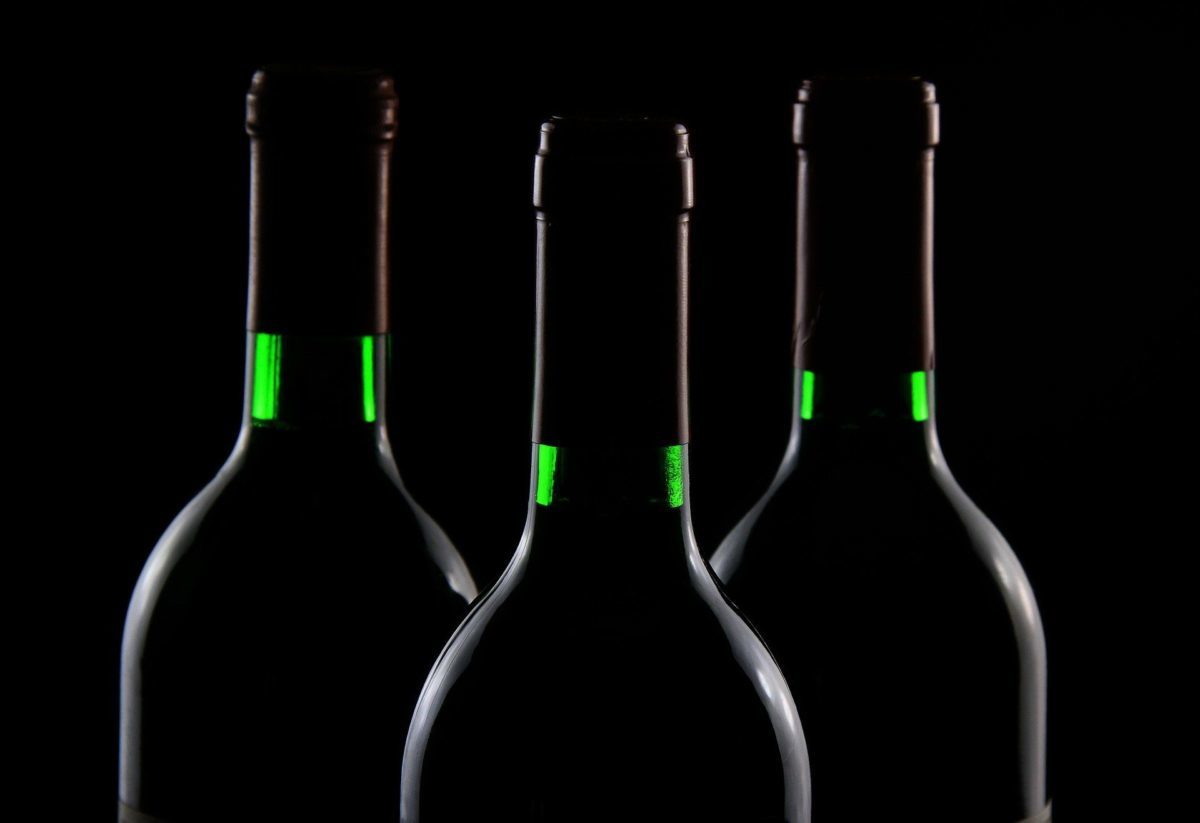The rule of the three Rs (reduce, reuse and recycle)) It's fundamental. Both in the search for savings and for the environment. That is why more and more producers are participating in circular agriculture. Do you want to know what it is and how it works? We tell you here.
Circular agriculture?
It is a reality that an increasing percentage of the population shows committed to sustainability and care for the environment. An example of this is circular agriculture. This consists of the recycling and reuse of products that would end up in the garbage. For example, taking advantage of the shells y fruit pits such as clothing dye or fuels. That is, it is about removing match to the various resources. Reusing raw materials and reducing waste.
This idea follows the principles of the environmental policy of the European Union. As well as those of Green Deal prepared by the European Commission. whose goal is to find the neutrality of CO2 emissions for the year 2050. In addition, laying the foundations of the economy and circular agriculture. This was presented in Brussels last March 2020. Also in accordance with these objectives, Common Agricultural Policy appears (PAC). Which fights for obtaining sustainable food with the environment. I mean, fight against climate change.

United Nuts
Unió Nuts is a second-tier cooperative based in Tarragona, in Reus. His job is to market nuts. It does it in more than 30 countries! Nevertheless, stands out for obtaining other benefits from its by-products. As explained by Ferrán Huguet, the general director of Unió Nuts. An clear example of circular agriculture. And, it is that, this cooperative transforms and distributes production of cooperatives in Catalonia, the Valencian Community, the Balearic Islands, Murcia, Castilla La Mancha and Aragón.
In addition, sells the shells of its almonds for pharmaceutical purposes. In this way, instead of getting rid of them, they are reused to give them a new use. "We are leaders in its use as an organic excipient" says Huguet. Likewise, following the steps of this initiative in which the Unió participates, the shells are used for other purposes. From them, it obtain flours used in inks browns for warm colored clothes. Even as construction material of facades.
Also, they have even recycled and used as a substitute for teak wood. Above all, in the construction and varnishing of boat and yacht decks. Because you are shells are stronger than wood. In this way, Huguet believes "that fewer trees are cut down". The latest news related to this product reports that its use is being approved for the manufacture of biodegradable bags, food wrappers, plates, straws and cutlery. I mean, like substitute for plastic.
What do the olive groves contribute?
Miguel del Moral is in charge of cultivating cereals and olive trees in Jaén. But, he is not limited to that function. but he is associated with a cooperative in which the leaves, branches and pits of the olive are recycled. Yes, yes, it is possible. These are later used as cboiler fuel from the oil factory. “Of the olive, 25% is used for oil. But The remaining 75% are products in the form of renewable energies” comments Del Moral.

In addition, he assures that “from the circle everything is used from the olive grove and, in addition, we eliminate the problem of recycling the remains”. This is because uses the bones of the olive and the alperujo as biofuel. Whether for industries or for heating in homes. This circular agriculture movement also has an impact on economic savings, electricity or gas. In turn, Del Moral not only uses these elements for its own consumption, also sells them to other industries.
Miguel Del Moral has assured that it would be interesting to increase employment and profitability for producers to create new lines of business. Thus promoting circular agriculture. This happens because the importance of this type of economy within the CAP is increasing. However, society is still not sufficiently aware.
These are the cages in which you can leave the cardboard and PVC tubes from the plastic or mesh coils. Ecocarton with the circular economy and reuse of materials from our agriculture.
They are in supply depots and other points of interest.
Use them!!! pic.twitter.com/UybSzvPX0Y
— AgroDifusion News (@agrodifusion) February 9, 2022
It is amazing to see how elements that would probably end up in the garbage other totally useful ones emerge. That's why we see much needed circular agriculture, well the circular economy in general. And you? Do you practice this type of economy in your routine?






